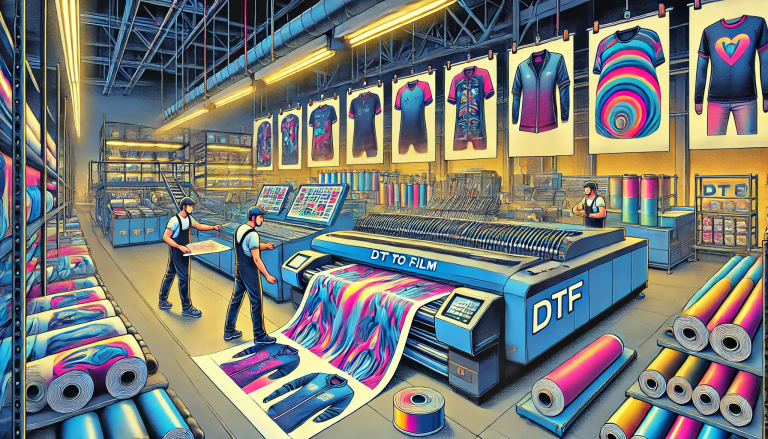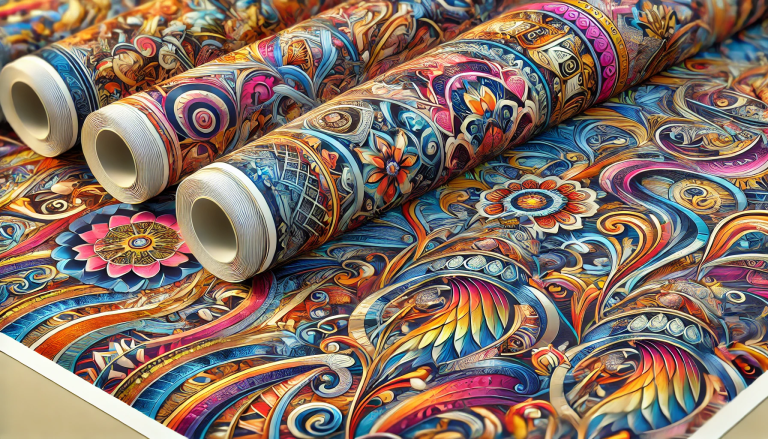“Evaluating UV DTF Technologies: Finding the Best Solution” -MAXDTF- China DTF UV Paper, Direct to Transfer UV DTF Paper Manufacturer, Made in China
Introduction:
UV DTF (Direct to Film) technology has revolutionized the printing industry by providing a versatile and efficient method of transferring images onto various substrates. With multiple options available in the market, choosing the best UV DTF technology can be a challenging task. In this comprehensive article, we will explore different UV DTF technologies, compare their features, advantages, and limitations, enabling you to make an informed decision for your printing needs.
Part 1: Understanding UV DTF Technology
In this section, we will introduce the concept of UV DTF technology and its working principles. UV DTF utilizes UV-curable inks, which are printed directly onto a film, and then transferred onto a substrate using heat and pressure. The UV inks are specially formulated to cure instantly under UV light, resulting in vibrant and durable prints. UV DTF technology offers versatility in terms of substrate compatibility, allowing for printing on fabrics, ceramics, glass, wood, and more.
Part 2: Comparing UV DTF Printer Types
There are several types of UV DTF printers available in the market, each with its own unique features and benefits. This section will provide an overview of the most common UV DTF printer types and compare their suitability for different applications.
a) Flatbed UV DTF Printers: These printers feature a flatbed design, allowing for direct printing on rigid substrates. They are ideal for printing on materials such as glass, wood, and acrylic.
b) Roll-to-Roll UV DTF Printers: Designed for high-volume production, these printers can handle continuous rolls of flexible substrates. They are commonly used for fabric printing and large-scale signage production.
c) Hybrid UV DTF Printers: Combining the capabilities of both flatbed and roll-to-roll printers, hybrid printers offer versatility for printing on a wide range of substrates. They are suitable for businesses requiring flexibility in their printing applications.
Part 3: Evaluating UV DTF Inks
UV DTF inks play a crucial role in achieving high-quality prints with excellent adhesion and durability. In this section, we will discuss key factors to consider when evaluating UV DTF inks:
a) Color Gamut and Vibrancy: Look for UV inks that offer a wide color gamut and vibrant color reproduction. This ensures your prints have rich, accurate colors that stand out.
b) Adhesion and Durability: Consider inks that exhibit strong adhesion to various substrates and are resistant to fading, scratching, and environmental factors. This is particularly important for long-lasting and outdoor applications.
c) Flexibility and Stretchability: For fabric printing, choose UV inks that maintain their integrity and vibrant colors even after stretching or folding.
d) Compatibility and Curing Time: Ensure the UV inks are compatible with your chosen UV DTF printer and have a reasonable curing time for efficient production.
Part 4: Assessing UV DTF Film Quality
The quality of the UV DTF film used in the printing process significantly impacts the final output. Here are some factors to consider when assessing UV DTF film:
a) Transparency and Clarity: Opt for films that provide high transparency and clarity, allowing for accurate image transfer without compromising details.
b) Thickness and Flexibility: The film should have an appropriate thickness to ensure easy handling and compatibility with your chosen printer. Additionally, it should be flexible enough to conform to curved or uneven surfaces.
c) Adhesive Strength: Consider films with a strong adhesive backing that ensures proper adhesion to the substrate during the transfer process.




